Timeless: World Series between the Cubs and the Indians is one for the ages

Watch Game 6 of the 2016 World Series live on Fox, or stream it on Fox Sports Go by clicking here.
This story appears in the Nov. 7, 2016 issue of SPORTS ILLUSTRATED. Subscribe to the magazine by clicking here.
The most comfortable lie in sports is that there is no clock in baseball. In truth, time lords over the game like the one-ton, 10-foot-in-diameter timepiece high atop the manually operated battleship of a scoreboard at Chicago’s Wrigley Field. The clock has no numerals, no second hand and no discernible sound. With the blank face of a Buckingham guard, it marches imposingly, ceaselessly on.
The clock marked 71 years between World Series appearances for the Cubs, from a 1945 Game 7 loss to the Tigers until the Series finally returned to Wrigley last Friday like an antique bottle washing up on the shore of Lake Michigan. The two teams on the swath of green below were baseball’s most familiar with the tests of time: Chicago had not won the World Series since 1908 and Cleveland not since ’48, making this the most drought-stricken of the 112 Fall Classics.
On Sunday, as the big round clock approached the 22nd hour of the 30th day of the 10th month, a strapping 27-year-old first baseman in his prime, Anthony Rizzo, crossed paths in a narrow concrete hallway with a 39-year-old gray-bearded catcher who was running out of playing time: Retiree-to-be David Ross had just been removed from what was likely his final major league start.
“I don’t know how an old man like you can stand all this,” Rizzo told the buddy he calls Grandpa Rossy, “because I’m young, and I feel like I’ve almost had three heart attacks already.”
The encounter happened in the late stages of Game 5, when the Cubs, facing elimination, clung to a 3–2 lead against an Indians team that kept coming, like sheets of windblown rain in a storm. Cleveland would have the tying run on base for seven plate appearances over the final four innings, but never conquered the breach, not as closer Aroldis Chapman retired eight batters, the most in one game of his career.
“Twenty years from now, when I tell people what it’s like to play in the World Series,” says Rizzo, “I’ll think of this game. The tension was unbelievable. I felt the nervous energy of the crowd. I felt the excitement and the worry at the same time. These people have waited so long. You could feel it.”
Cubs Hub: Check out all of SI's content as Chicago chases history
Game 5 was baseball at its excruciating best. The Cubs’ 3–2 win assured that the first World Series ever to begin in Cleveland would end there for just the third time (1920, ’54). The game lasted 3:27, a reasonable investment in a postseason that has often been long on wasted time.
Take Game 2, which was a forgettable monument to unnecessary pauses. It took 4:04 to score six runs, five of which belonged to Chicago. None of the six previous nine-inning games in World Series history that went more than four hours yielded fewer than 15 runs. The two teams also played the slowest 1–0 Series game ever (Game 3, 3:33), which set a record for most pitchers (10) used with only one run scored.
MLB commissioner Rob Manfred, speaking at Wrigley before Game 5, said that in talks with the players’ union for a new collective bargaining agreement to replace the one that expires on Dec. 1, he is pushing for “pace of action” initiatives, which might include a pitch clock. This much was certain amid all the waiting: One fan base would not have to spend any more time waiting for a title.
Eight outs or bust: Maddon’s faith in Chapman vindicated as Cubs stay alive
The World Series narrative often sounded like a battle among geriatrics comparing aches and pains, as if it came down to whether the Cubs (the curse of the billy goat, Brock-for-Broglio, the black cat, the misplays of Leon Durham and Steve Bartman) or the Indians (The Mistake on the Lake, 10-Cent Beer Night, all-red uniforms that former first baseman Boog Powell once equated to a giant blood clot, the Jose Mesa blown save) had suffered the most indignities
About the closest these downtrodden franchises had come to a glorious intersection was in Hollywood. In 1986, director John Hughes released Ferris Bueller’s Day Off, in which a kid plays hooky from Glenbrook North High in Northbrook, Ill., and, among other pursuits, takes in a game at Wrigley—which Hughes filmed on Sept. 24, 1985, during just another 17–15 Cubbies loss in front of 6,947 fans.
Three years later, David S. Ward directed the film Major League, which was based on the outlandish premise that the Indians could win a division title. In the film, announcer Harry Doyle (played by Bob Uecker) tells his listeners about Die-hard Night: “Free admission for anyone who was actually alive the last time the Indians won the pennant.”
Once you managed to get past the my-sciatica-is-worse-than-your-phlebitis one-upsmanship, it became clear that both teams actually represent cutting-edge baseball. Cleveland, for instance, is built around Francisco Lindor, who at 22 became the youngest shortstop to bat third in the World Series, moving ahead of Cal Ripken Jr. (23 in 1983). Lindor reached base 10 times in the first five games, and while he’s an exquisite fielder and a fast runner, his nonstop smile may be his most winning attribute.
“People I talked to gave me advice before the playoffs,” Lindor says. “Everybody said, ‘You don’t know if it’s going to happen again. Enjoy it.’ So that’s what I’m doing.”
Says manager Terry Francona, “He’s such a good player who loves the game so much that the bigger the game, the more fun he has. He just loves playing.”
The curse-busting manager of the 2004 Red Sox (on the drought clock for 86 years), Francona has brought postmodern bullpen usage into the spotlight. He used relievers for 44.4% of his team’s postseason innings, jamming über-fireman Andrew Miller into games as early as the fifth.
“If you did this during the season,” Francona said, “your relievers would last about 10 days. Now there’s adrenaline, there are days off and there’s no series after this. We would have done it differently if we had our starters [the injured Carlos Carrasco, out all month with a broken finger, and Danny Salazar, who returned from a forearm strain to pitch one World Series inning through Sunday]. We had to be unconventional.”
Miller is the angular, 6'7" sling-shotting lefty acquired from the Yankees at the trade deadline for a rich package of prospects. With Cleveland, including the postseason, he has struck out 75 batters in 46 innings while posting a 1.17 ERA. While he may be sanguine about his usage, Miller is more uptight about his pitching “routine,” which includes two sticks of gum, one cup of coffee, and spikes and a jockstrap that get cleaned only after he pitches poorly.
“It’s not as bad as it sounds,” Miller said of his good-luck, no-wash jock. “It’s the fall, so it’s cooler.”
When Miller gave up a solo home run to Dexter Fowler in a 7–2 Indians win in Game 4, it ended a streak of 51 straight days in which Miller had not allowed a run, or a wash cycle.
Longest World Series Championship Droughts
Cleveland Indians last won in 1948
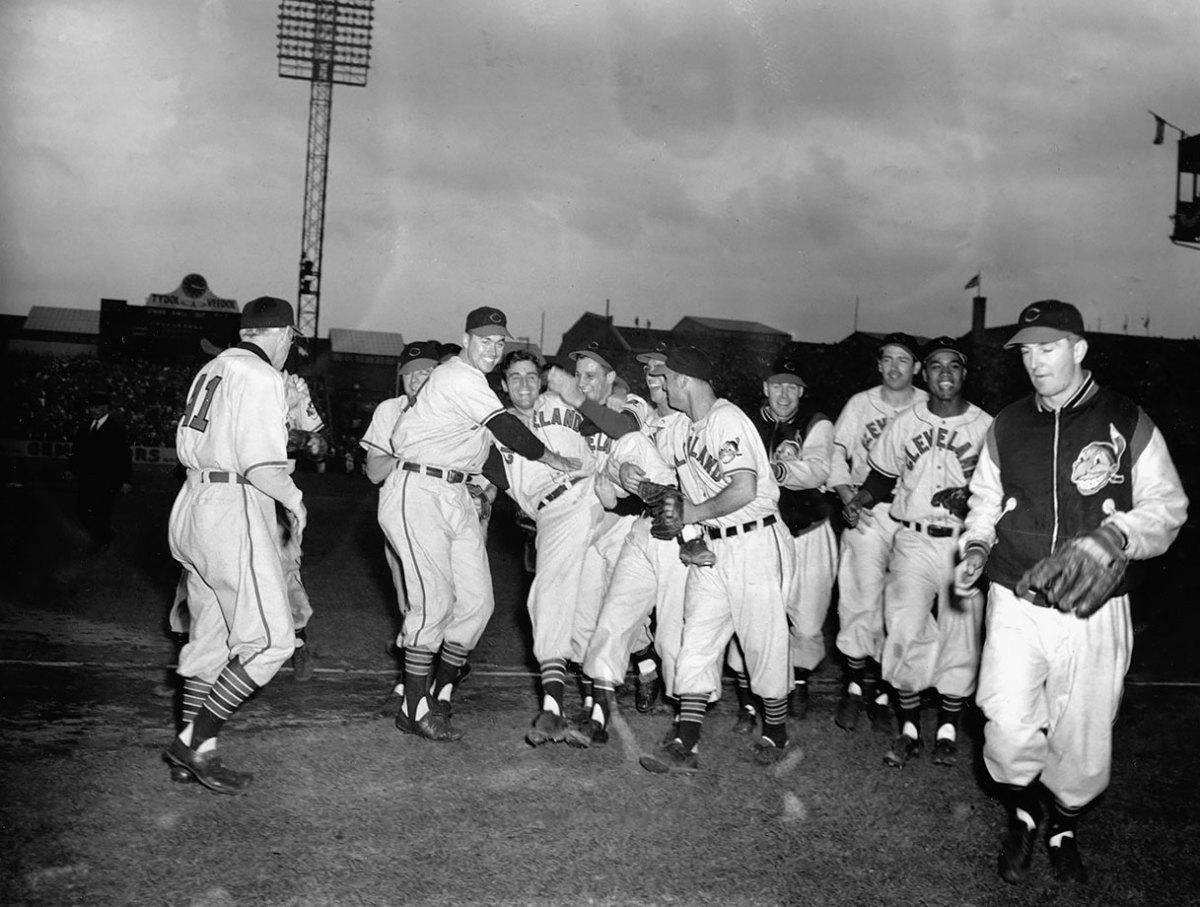
Pictured: Bob Lemon
Texas Rangers/Washington Senators never won, Est. 1961
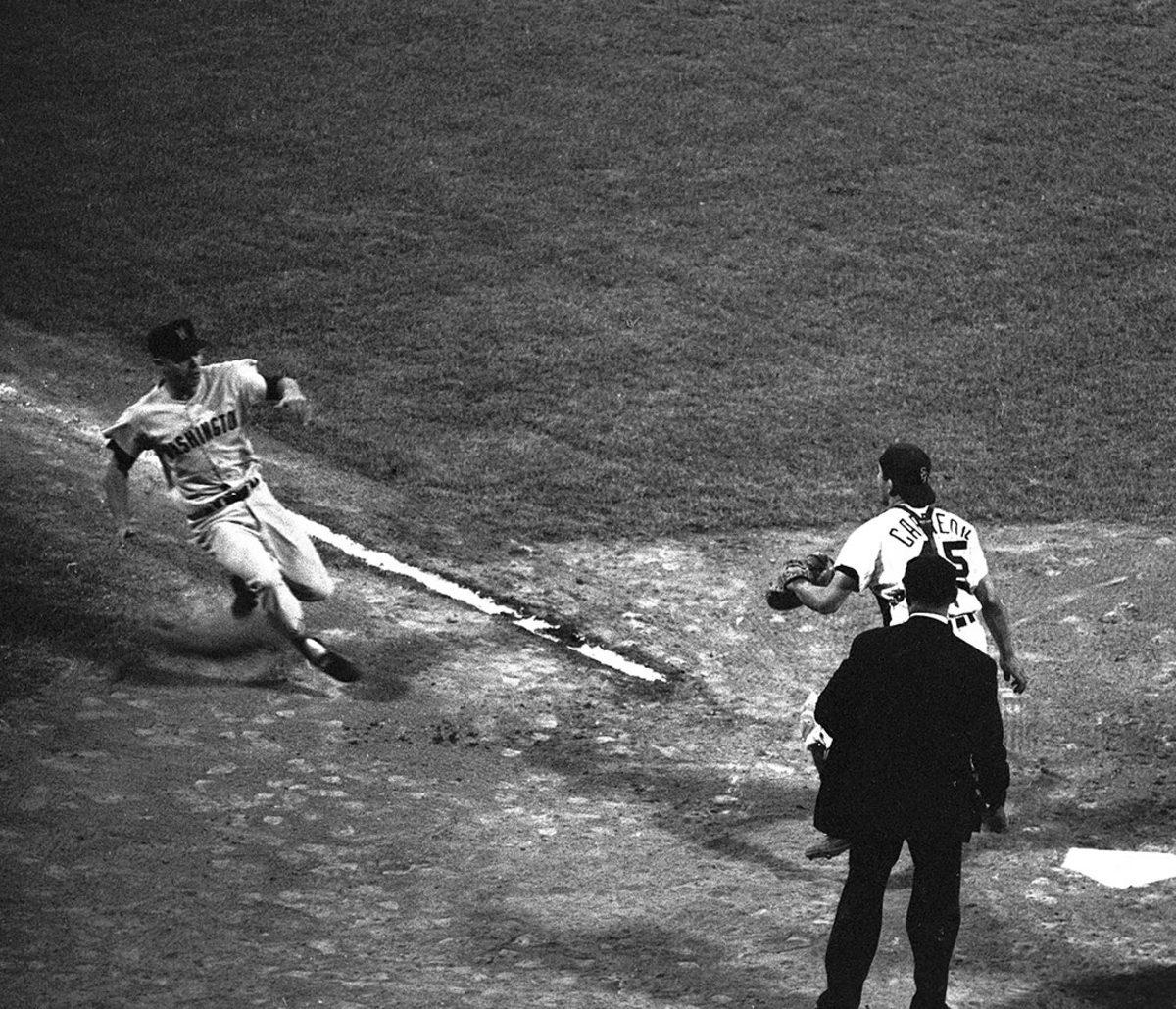
Pictured: Joe Hicks
Houston Astros/Colt .45's never won, Est. 1962
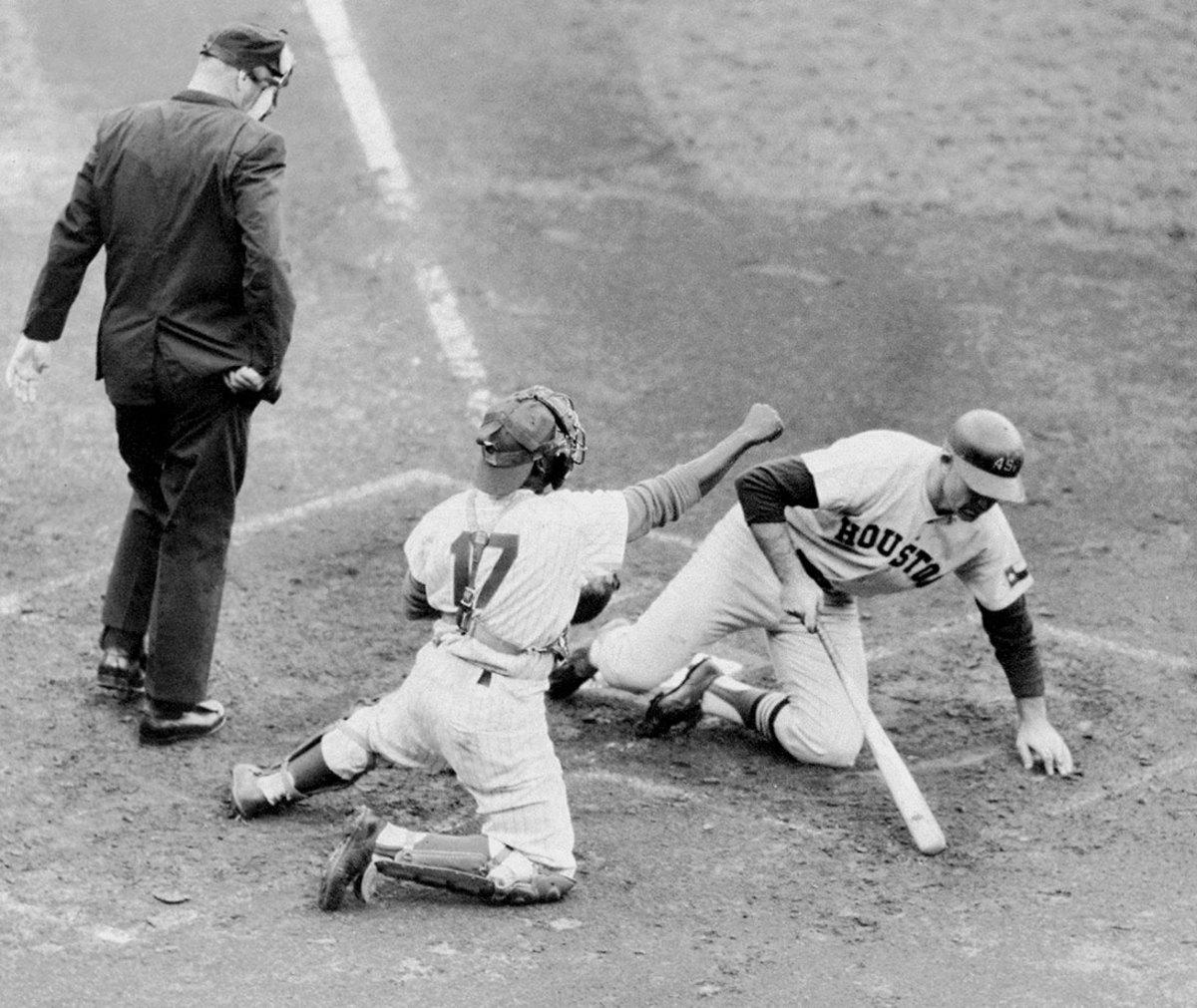
Pictured: Norm Larker
Washington Nationals/Montreal Expos never won, Est. 1969
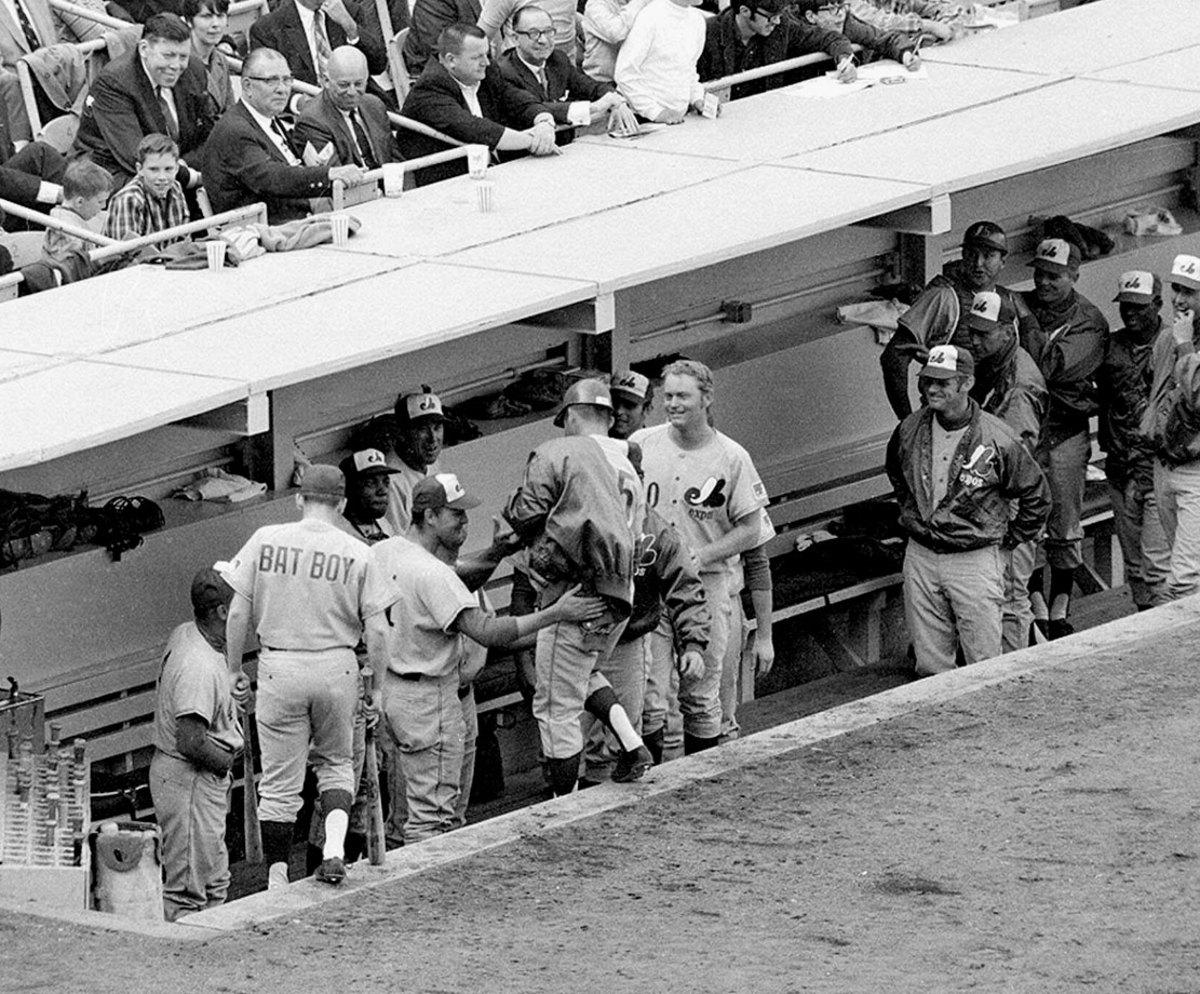
San Diego Padres never won, Est. 1969
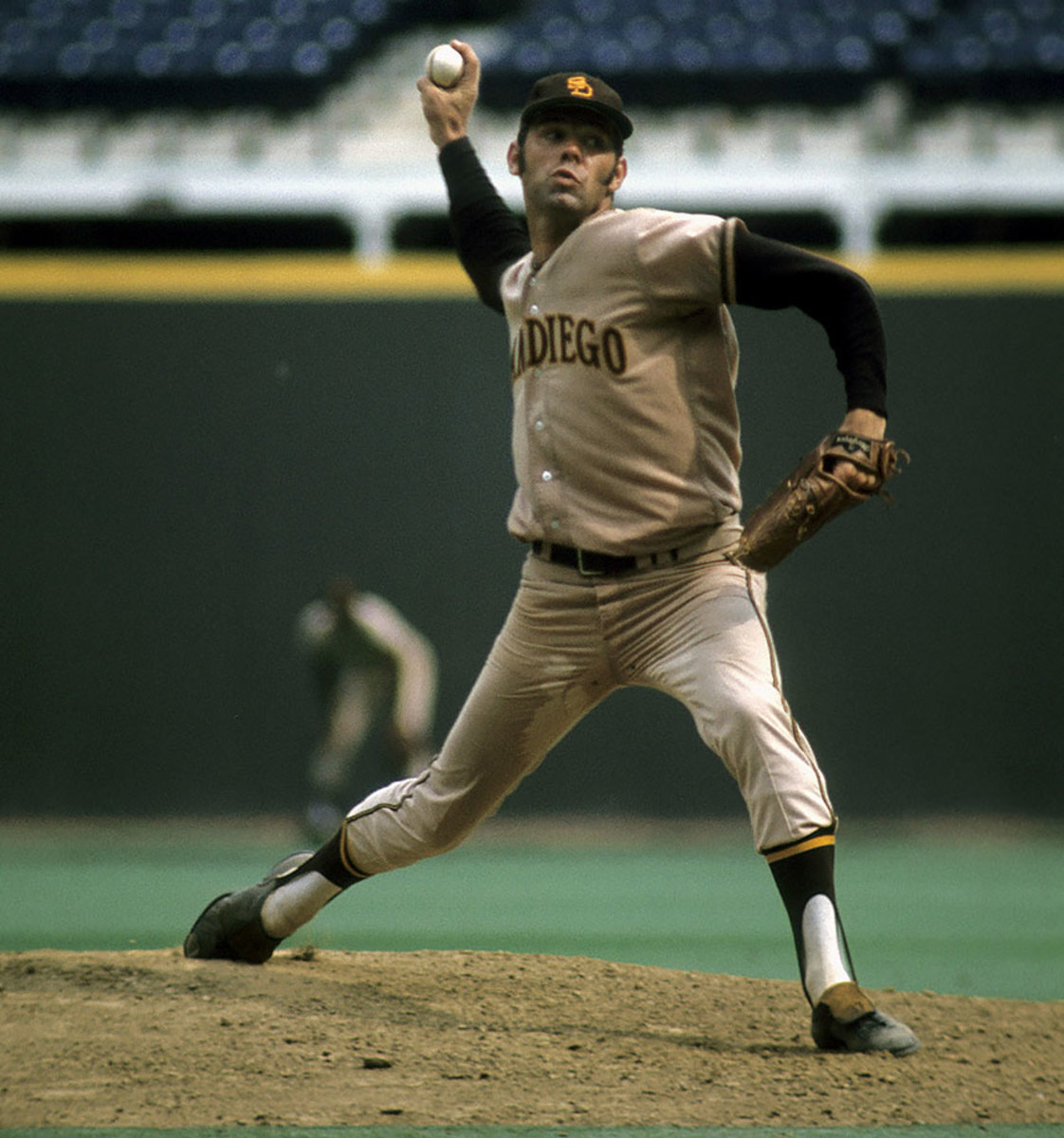
Pictured: Clay Kirby
Milwaukee Brewers/Seattle Pilots never won, Est. 1969
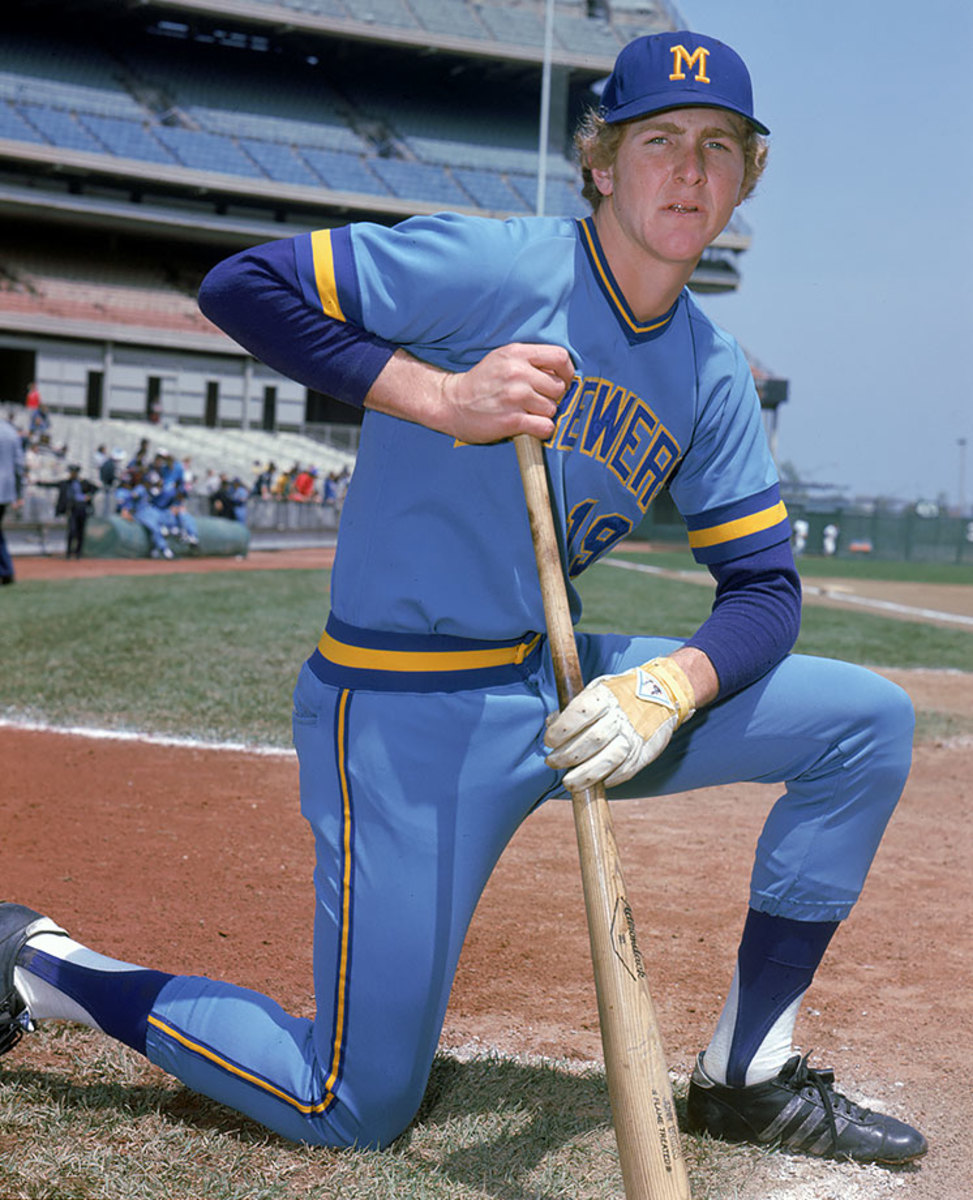
Pictured: Robin Yount
Seattle Mariners never won, Est. 1977
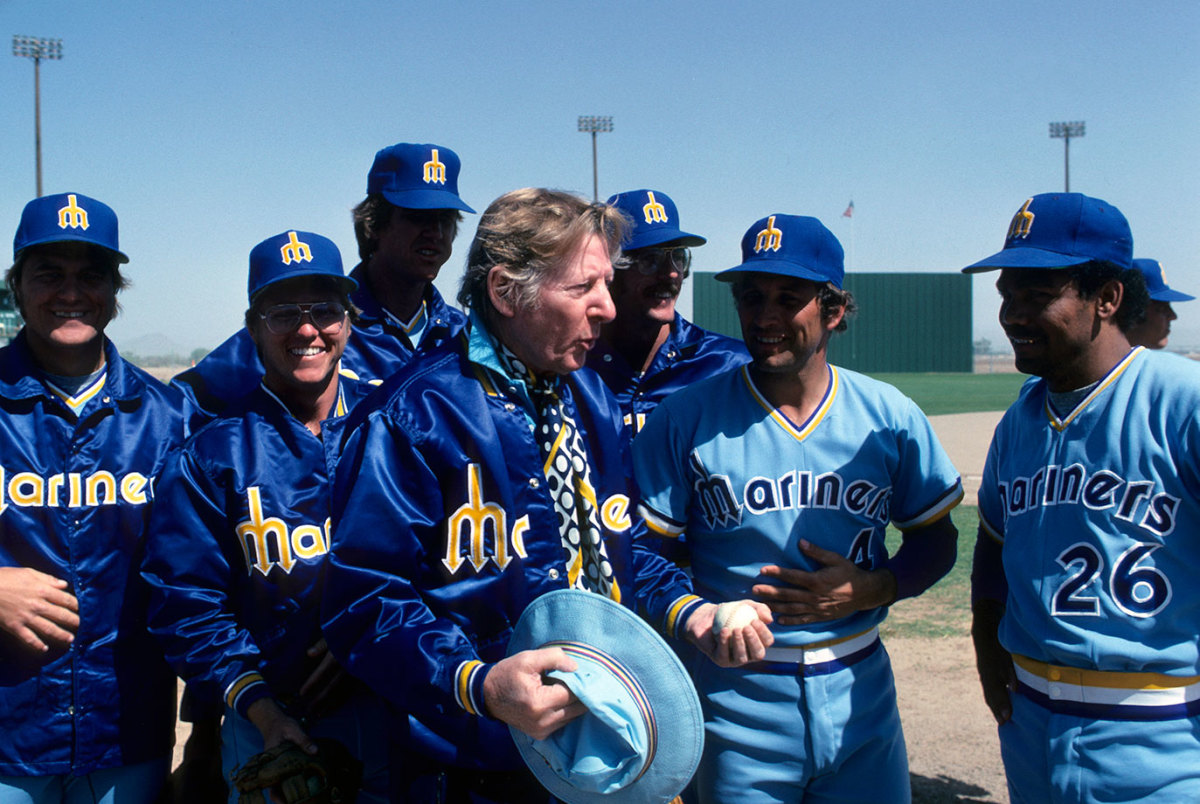
Pictured: Part-owner Danny Kaye
Pittsburgh Pirates last won in 1979
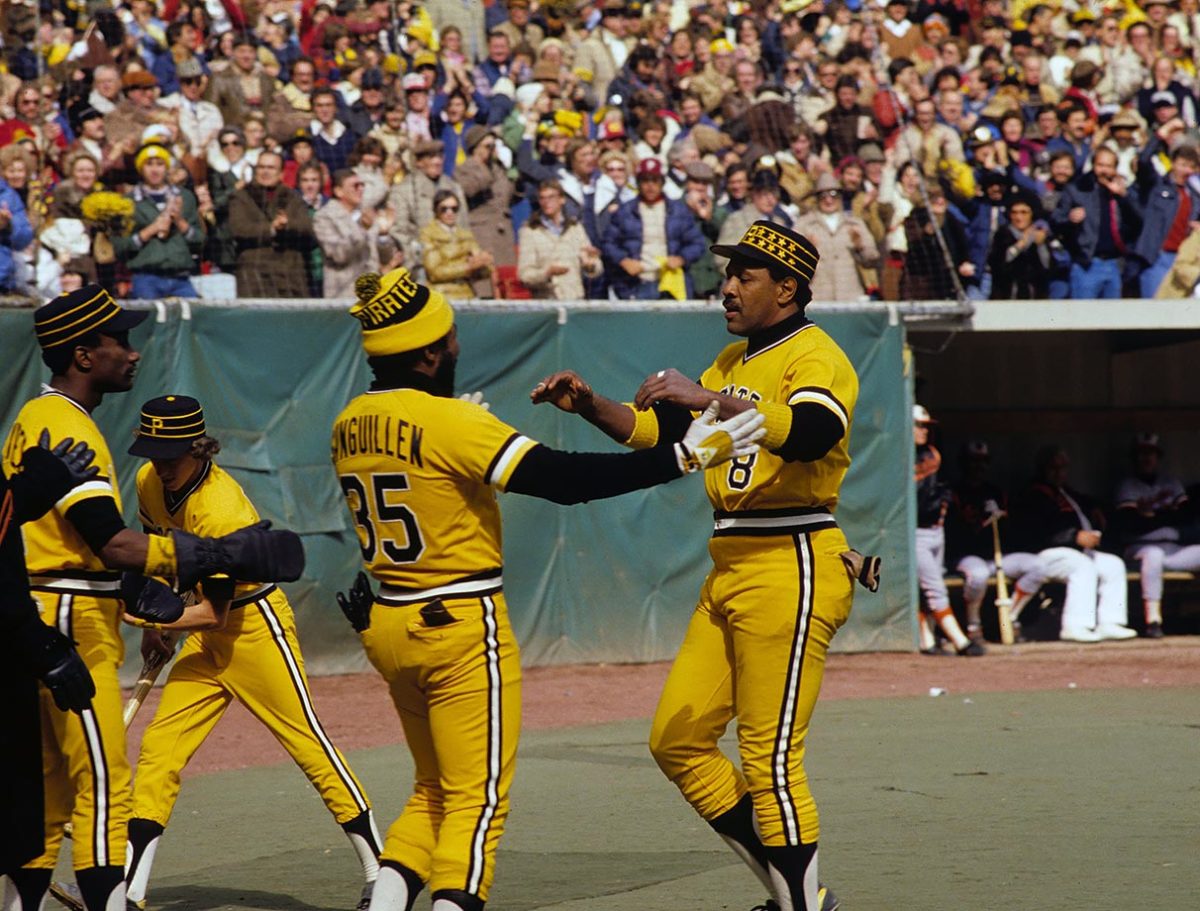
Pictured: Willie Stargell and Manny Sanguillen
Baltimore Orioles last won in 1983
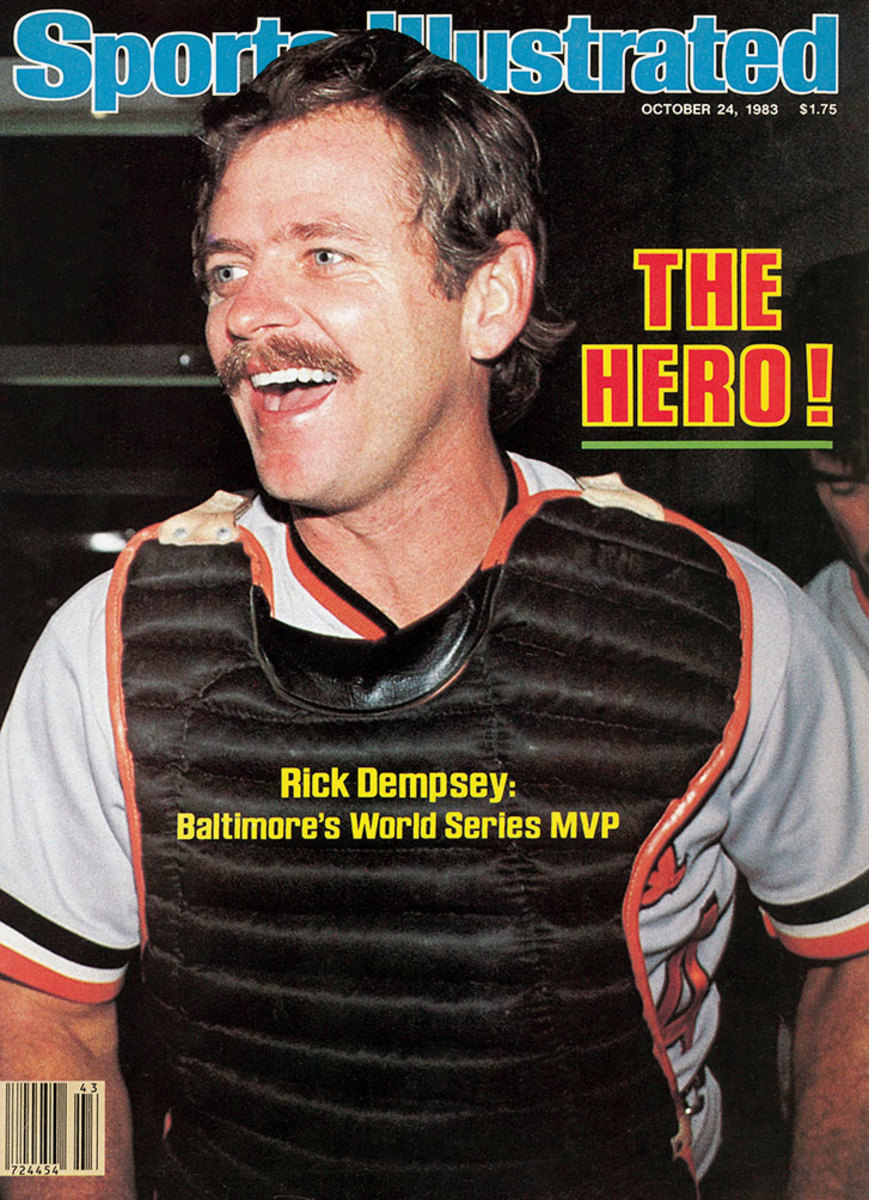
Pictured: Rick Dempsey
Detroit Tigers last won in 1984
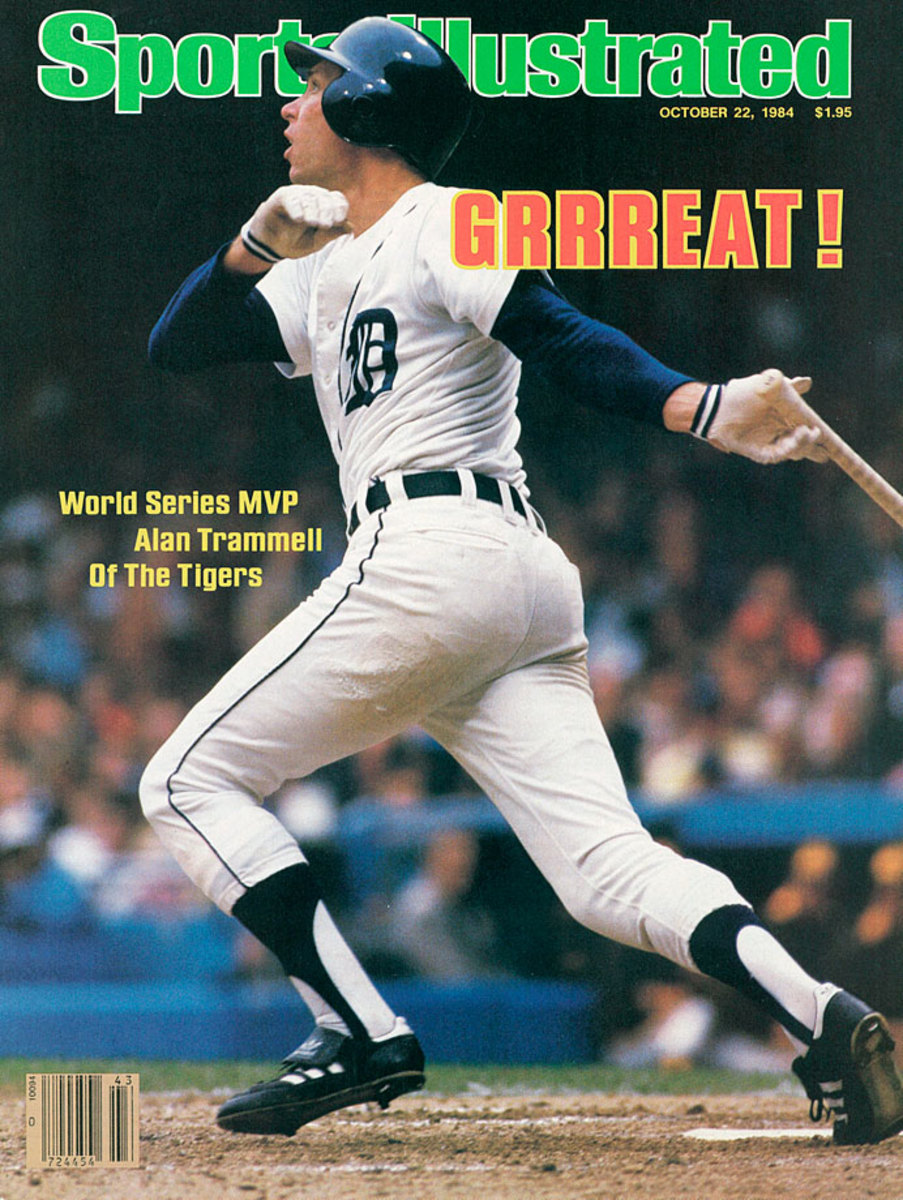
Pictured: Alan Trammell
New York Mets last won in 1986
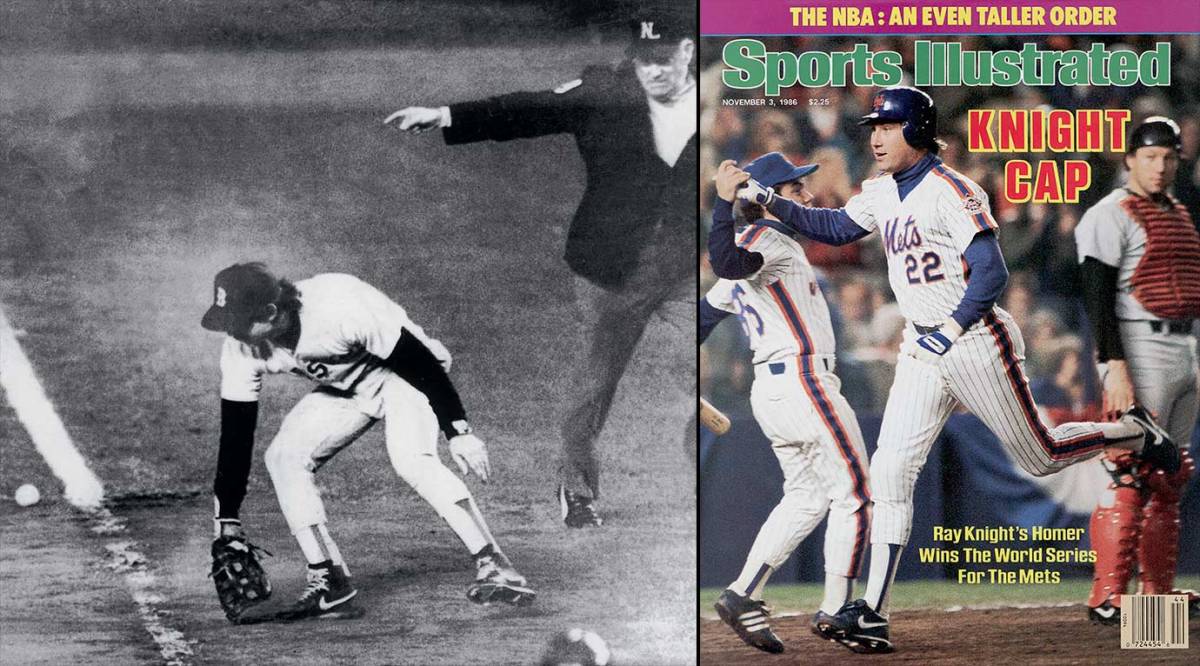
Pictured: Bill Buckner and Ray Knight
Los Angeles Dodgers last won in 1988
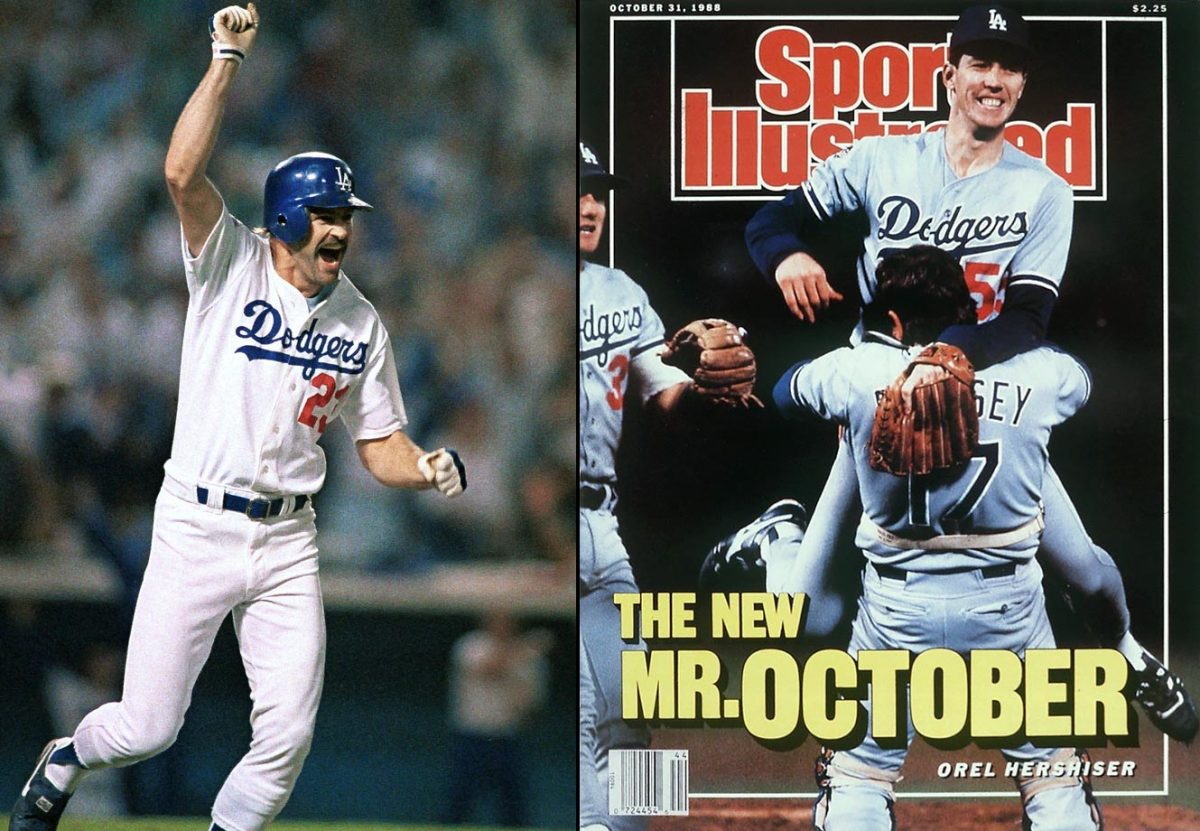
Pictured: Kirk Gibson and Orel Hershiser
Oakland Athletics last won in 1989
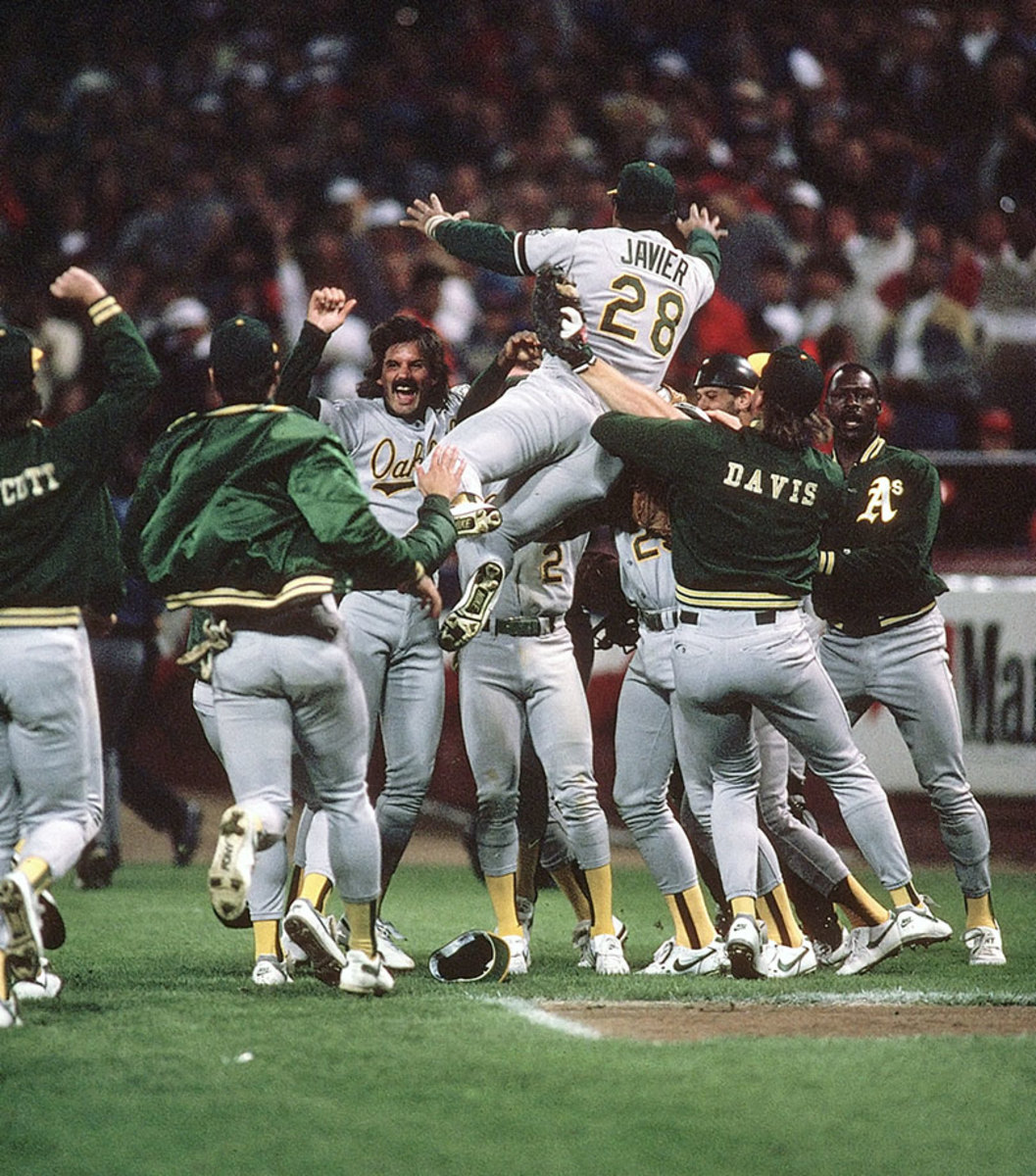
Pictured: Dennis Eckersley and Stan Javier
Cincinnati Reds last won in 1990
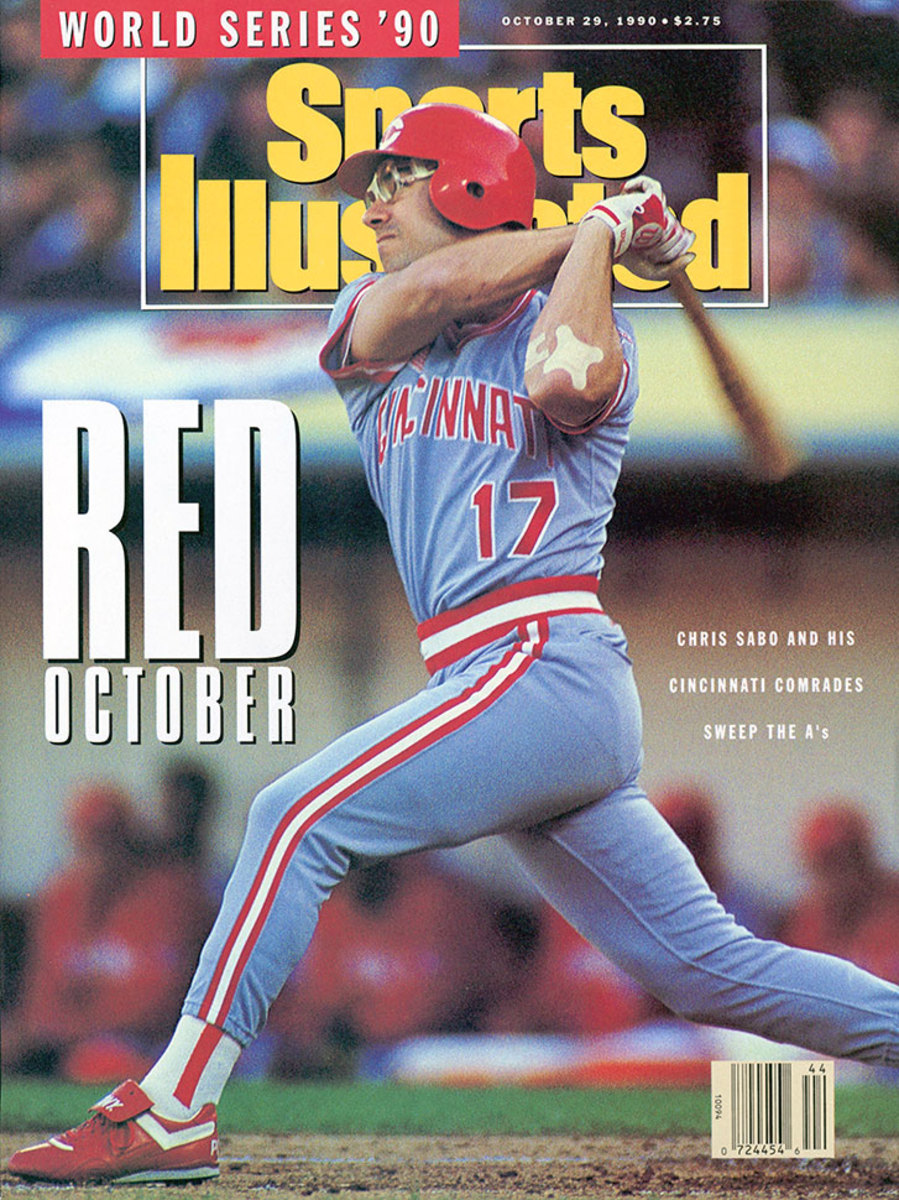
Pictured: Chris Sabo
Minnesota Twins last won in 1991
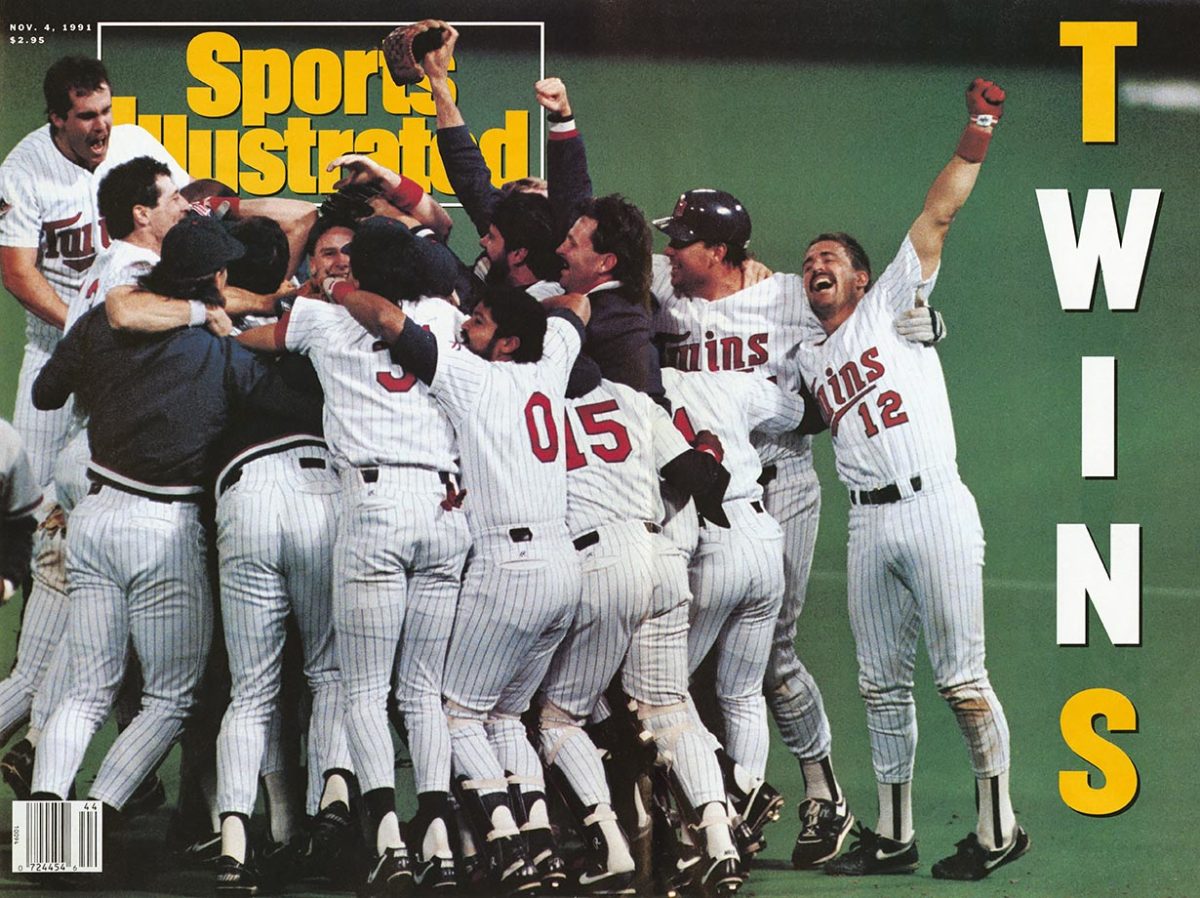
The Cubs played more conventionally but did so with a historically youthful lineup. For their 5–1 win in Game 2, they had an unprecedented six hitters 24 or younger in their starting nine: shortstop Addison Russell, 22; second baseman Javier Baez, 23; designated hitter Kyle Schwarber, 23; catcher Willson Contreras, 24; third baseman Kris Bryant, 24; and rightfielder Jorge Soler, 24. That Schwarber was starting was a testament both to modern medicine and to his tenacity.
Schwarber tore two ligaments in his left knee on April 7 during an outfield collision in Arizona, causing him to miss the remainder of the regular season. On Oct. 17, eight days before the World Series started, Schwarber passed his six-month checkup and was cleared to resume baseball activities. Over a four-day crash course of hitting he played in two Arizona Fall League games and in two simulated games facing Class A pitchers. He also tracked and hit 1,300 pitches from machines and coaches. One of those who threw to Schwarber was Larry Day, a coach in the Indians’ system. (AFL teams are co-ops in which various MLB clubs supply players and coaches.)
One day Schwarber was hitting in front of about 20 people in the AFL, and the next he was playing in the World Series. In between the Cubs sent a private jet to ferry him to Cleveland.
“I can see why they sent a plane for him,” Francona said, after Schwarber reached base five times in nine plate appearances in Games 1 and 2.
All that youthfulness made for some inconsistent hitting. During 2016, Chicago had been the worst team at making contact against curveballs (32.1%). The Indians’ three starters (Corey Kluber, Josh Tomlin and Trevor Bauer) and closer (Cody Allen) all feature outstanding curves. So after seeing them on 9% of pitches in the regular season, the Cubs saw them on 19% through the first four Series games.
“Once you get to the postseason, soft is almost always better than hard,” says Cleveland pitching coach Mickey Callaway. “You look at the scouting reports and the results, and very few hitters hit off-speed better than fastballs. Good thing for us all three [of our] starters have really good curveballs. You don’t see a lot of that anymore.”
Chicago, the third-highest-scoring team in the regular season, squeezed out only 10 runs in five games. Hitters such as Baez, Russell and Contreras regularly whiffed on curveballs that dived well below the strike zone.
Said manager Joe Maddon, “Looking down the road, this will benefit us for years to come. That’s the thing I’m sure of.”
They just need more time.
For Indians, Lindor and Ramirez take different paths to World Series stage
In 1937, Bill Veeck, then a treasurer for the Cubs, oversaw the construction of the Wrigley Field bleachers, the scoreboard perched atop it and the planting of the Japanese bittersweet and Boston ivy to the brick outfield wall to accommodate Cubs owner Phillip K. Wrigley’s vision of a stadium with the look and feel of a leafy public park. Four years later Veeck (who would buy the Indians in ’46) added the clock. It originally featured a white face, but it was painted green to match the scoreboard in ’44. The next year the Cubs played their first World Series in Wrigley as we know it today: with the brick and ivy, the manual scoreboard and the big clock. Bleacher seats cost $1.20.
The clock logged 70 “next years” before “this year” arrived on Oct. 22, when the Cubs beat the Dodgers to clinch their first pennant since Sept. 29, 1945. Eerily, both games lasted 2:36.
The last out of Chicago’s first pennant in 71 years fell into the mitt of Rizzo on the back end of a double play, giving him ownership of the ball. After the game most of the Cubs repaired to the home of pitcher Jon Lester for a victory party. Rizzo took the ball with him and left it in his car parked curbside.
“I was nervous the whole time,” he says. “I thought maybe the car was going to get towed or somebody was going to break into it.”
When Rizzo left the party to drive home, he was relieved to find the historic baseball still in the vehicle. With the team flying to Cleveland the next day for the World Series, he decided to store it in a secure, private place. “I put it in my sock drawer,” he says.
Fan Duel: Two SI editors on Cubs-Indians World Series, all things Chicago vs. Cleveland
The World Series is an American institution because it is older than world wars or powered air flight or sliced bread. When it returned to Wrigley Field—it visited 45 different ballparks in the 70 years in between—it produced a number of moments that connected the sport to another age. Pitching on short rest, Indians starter Corey Kluber became the first starter in more than a quarter of a century to follow a Game 1 win with a Game 4 victory. (Jose Rijo of the 1990 Reds was the last to do so.) Also in Game 4, second baseman Jason Kipnis sealed a 7–2 Cleveland win with a three-run homer—the first such Series long ball at Wrigley by a visiting player since Babe Ruth hit his famed “called shot” home run off Charlie Root in ’32.
In attendance at Wrigley for both Ruth’s homer and Kipnis’s was retired Supreme Court justice John Paul Stevens, 96.
“No, I didn’t call it,” Kipnis said of his home run. “I never thought I’d be mentioned in the same sentence as that guy.”
No player dug the historical backdrop of Wrigley more than Kipnis, who grew up in Northbrook hitting hundreds of imagined World Series home runs at Wrigley in his backyard.
“Wiffle ball, softball, an acorn that just fell off the tree—it didn’t matter,” Kipnis said. “It was anything and everything. I always dreamed of playing in the World Series at Wrigley Field. Full count, two outs. I always thought it was going to be the bottom of the ninth, but it’s the top of the ninth now.”
It actually was the top of the seventh when Kipnis smashed an acorn of a pitch from reliever Travis Wood for his home run. With that win, the Indians (2–0) boasted as many World Series victories at Wrigley as the Cubs (2–13), and Chicago fans could largely blame one of their own. Kipnis attended Cubs games and camps as a kid, grew up in the same neighborhood as Bartman—he remembers squad cars providing protection for Bartman after his infamous attempt to catch a foul ball in Game 6 of the 2003 National League Championship Series—and went to the same high school as the fictional Bueller.
With their season on the line, the Cubs gave the ball to Lester in Game 5. Two years ago, after Chicago finished an 89-loss season in last place for a fifth straight year, an overnight envelope arrived at Lester’s suburban Atlanta home on the first official day of free agency. Inside was a DVD. He popped it into his video player. He watched a film with computer generated imagery. There was a shot of the famous red Wrigley Field marquee. In bright letters it announced that Lester was pitching against Michael Pineda of the Yankees in World Series Game 7. Then there was CGI of Lester getting the last out, and his teammates dog-piling him on the mound. He signed on.
Still A Series To Savor: Memories of the epic 1991 Twins vs. Braves Fall Classic
It wasn’t Game 7, but the Cubs’ season was on the line two years later, with Lester warming up in the bullpen for a World Series game at Wrigley. He had seen this movie before. As they made the short walk from the bullpen to the dugout, Lester turned to Ross, his personal catcher, and said, “I love you.” Replied Ross, “I love you, too. Thanks for everything.”
When Ross recalled that moment after the game, he had tears in his eyes and his voice quivered. They teamed for six solid innings before they both departed the game, sharing a hug on the dugout bench to cap one of the more deeply rooted partnerships of this generation.
In addition to sharing a last moment with Lester, Ross knocked in what proved to be the difference-making run with a sacrifice fly, threw out Lindor trying to steal, deflected an otherwise standard foul pop-up into the glove of Rizzo and heard Pearl Jam singer Eddie Vedder dedicate “Take Me Out to the Ball Game” to him.
“My mind’s blown,” Ross said of Vedder’s salute. “There was one moment tonight when I came in to change into my running shoes after they pinch-hit for me, and my whole career flashed before my eyes.”
Contreras, a rookie, replaced Ross in the game. It was strategic—Contreras has become Chapman’s trusted catcher the way Ross was Lester’s—but also symbolic. Baseball, like that big clock in centerfield, rolls on.
